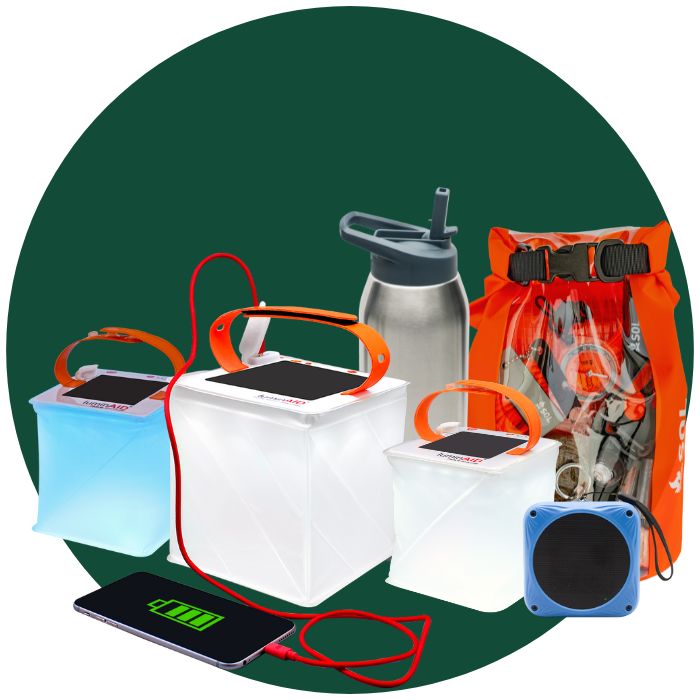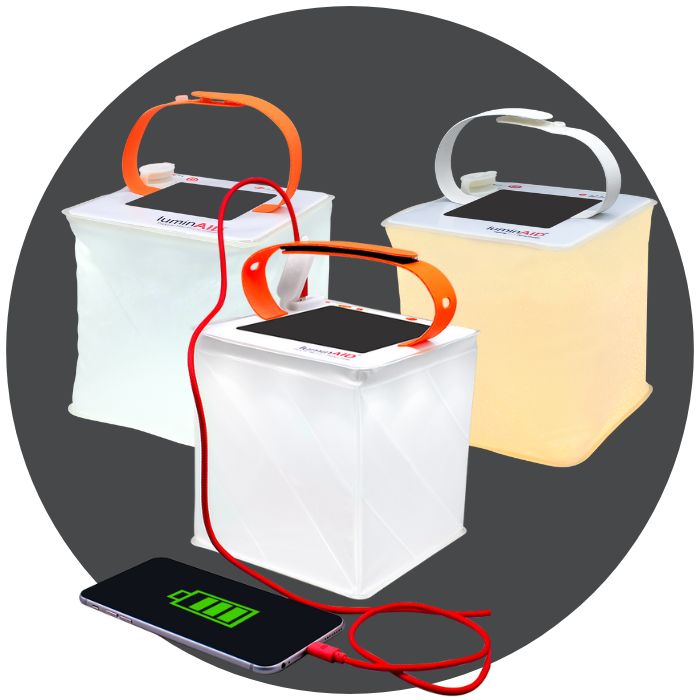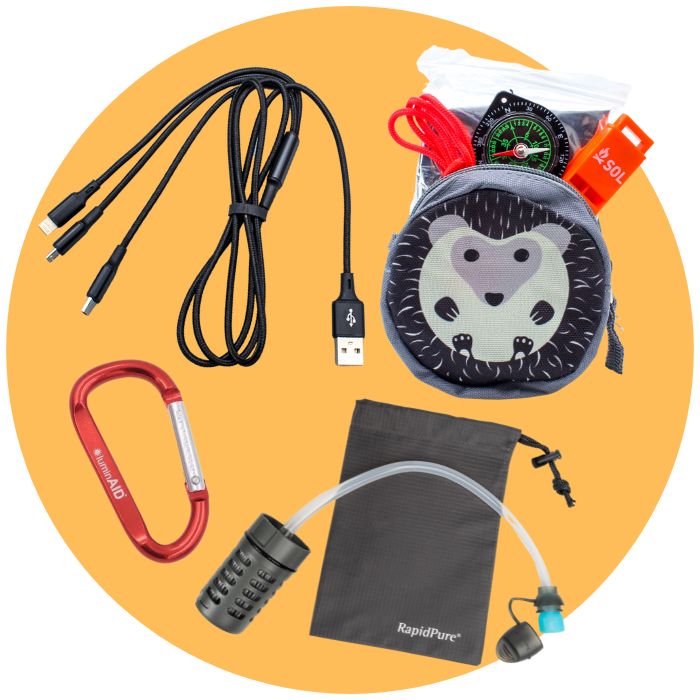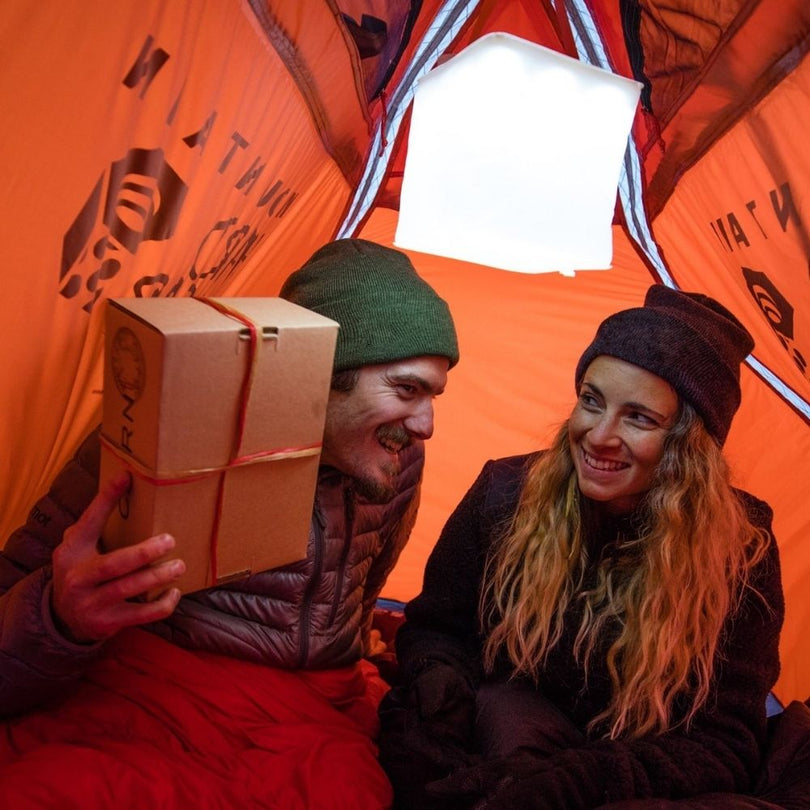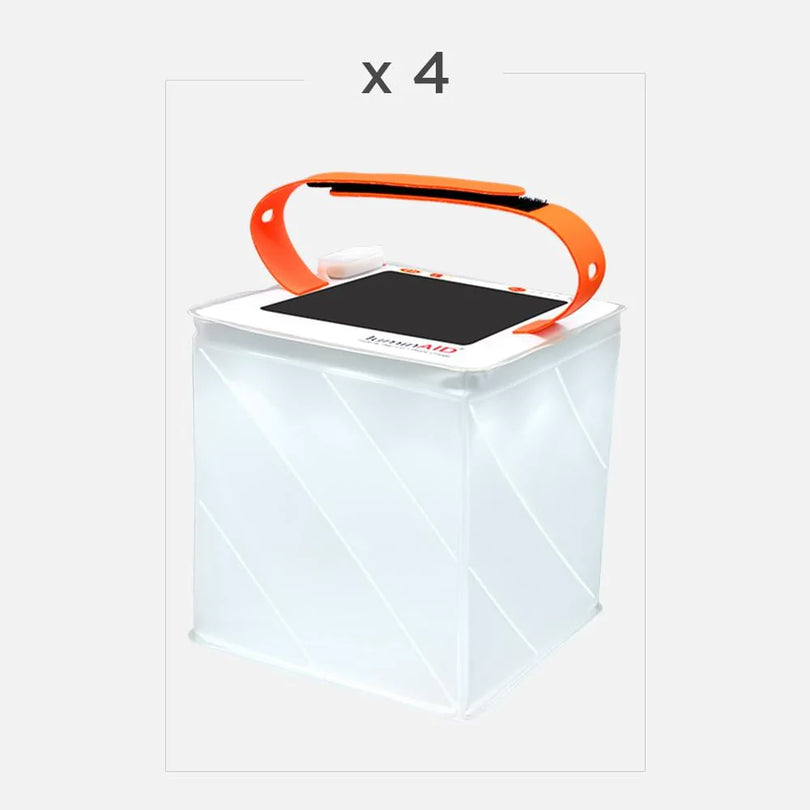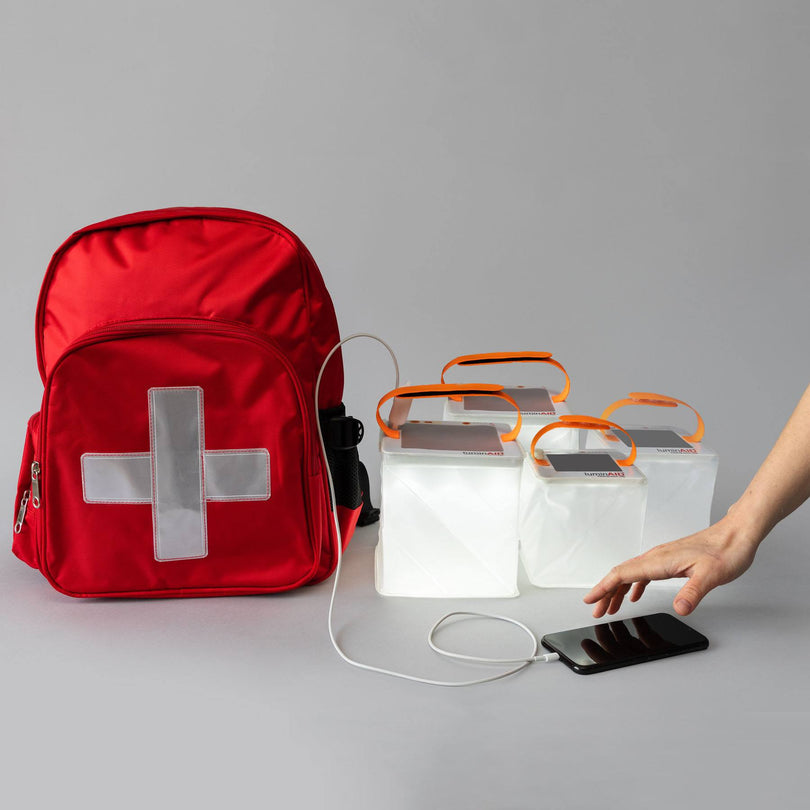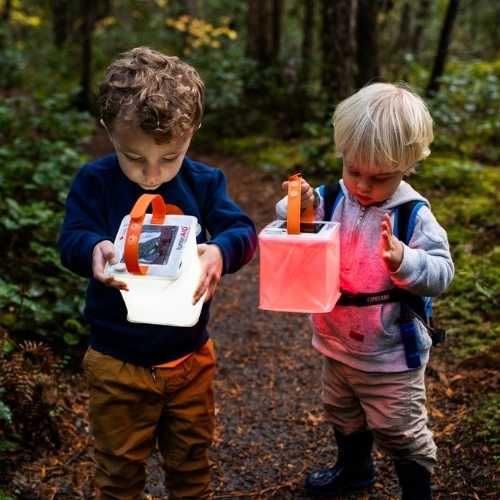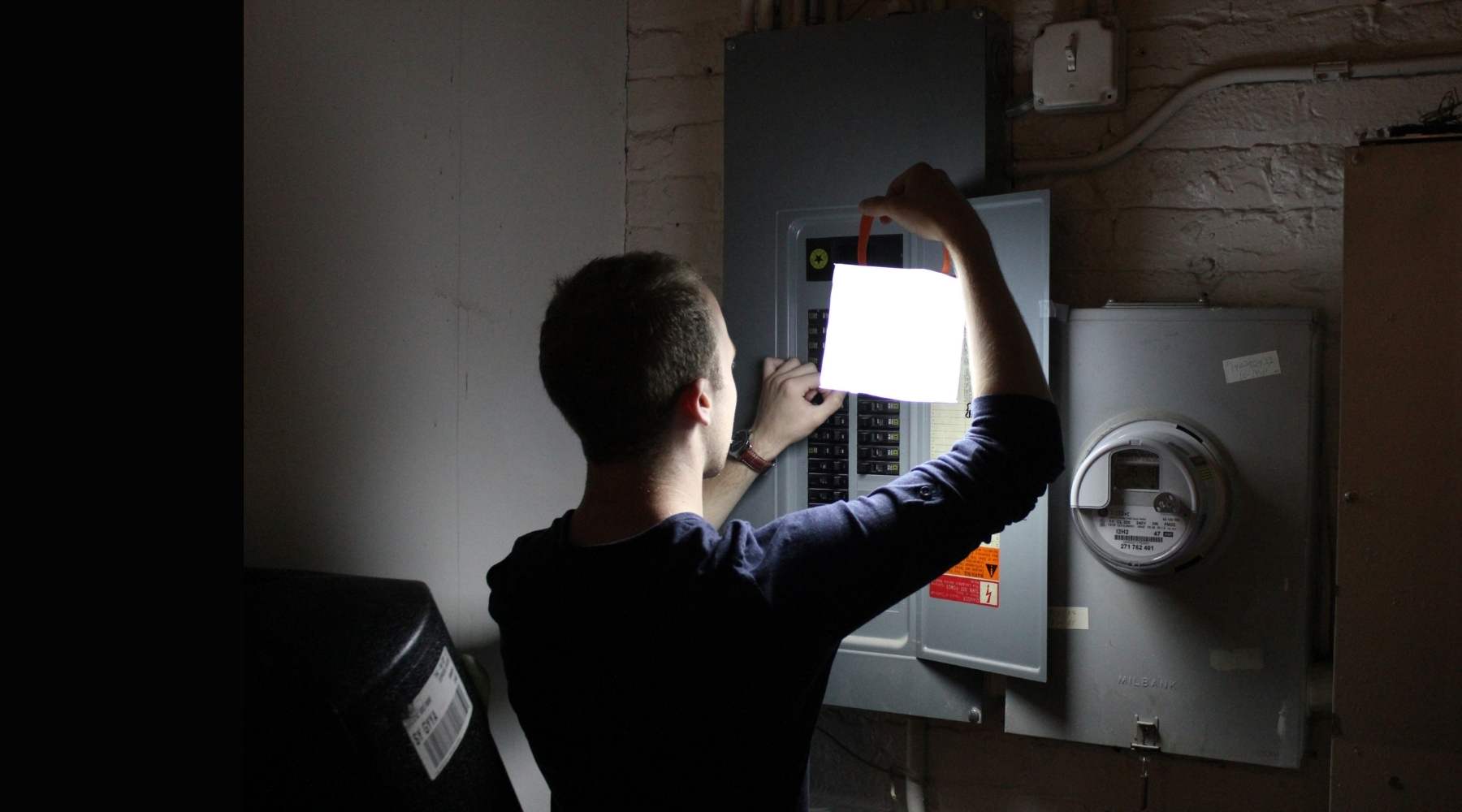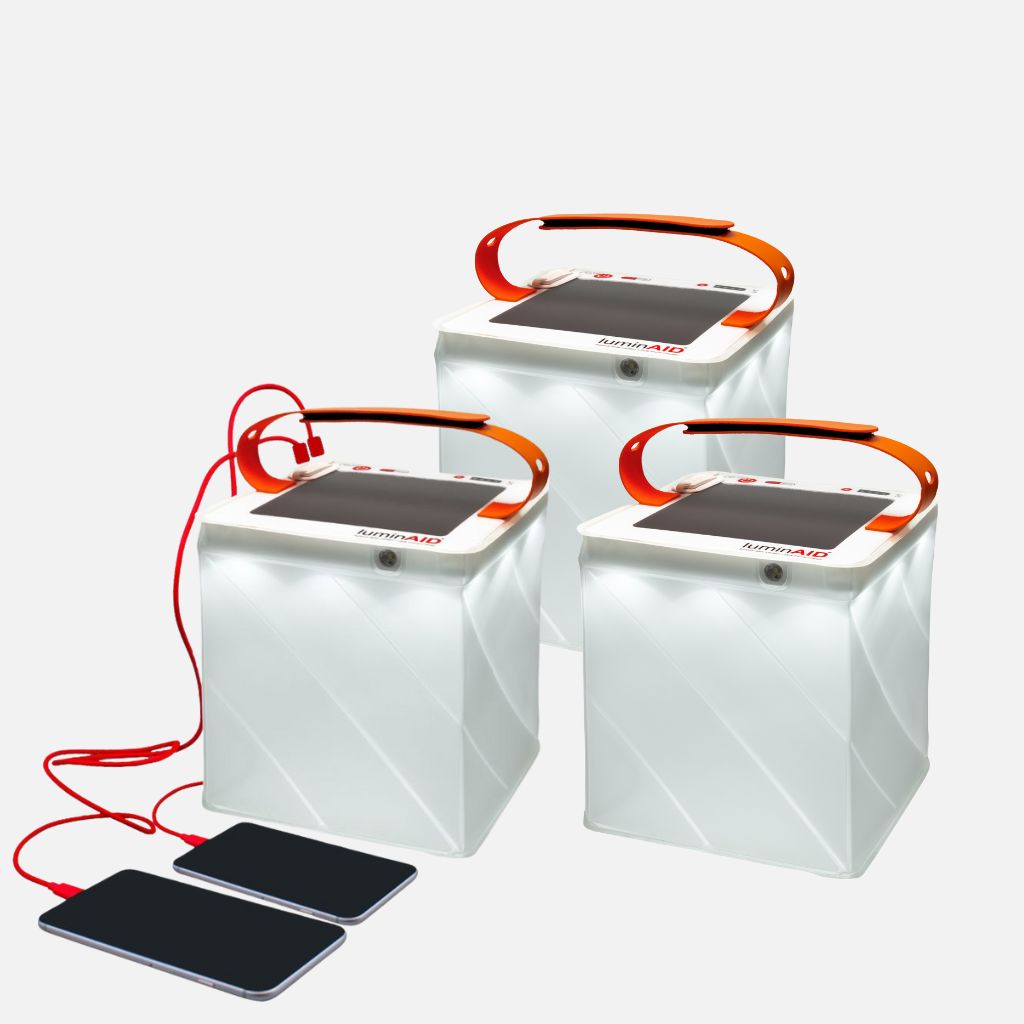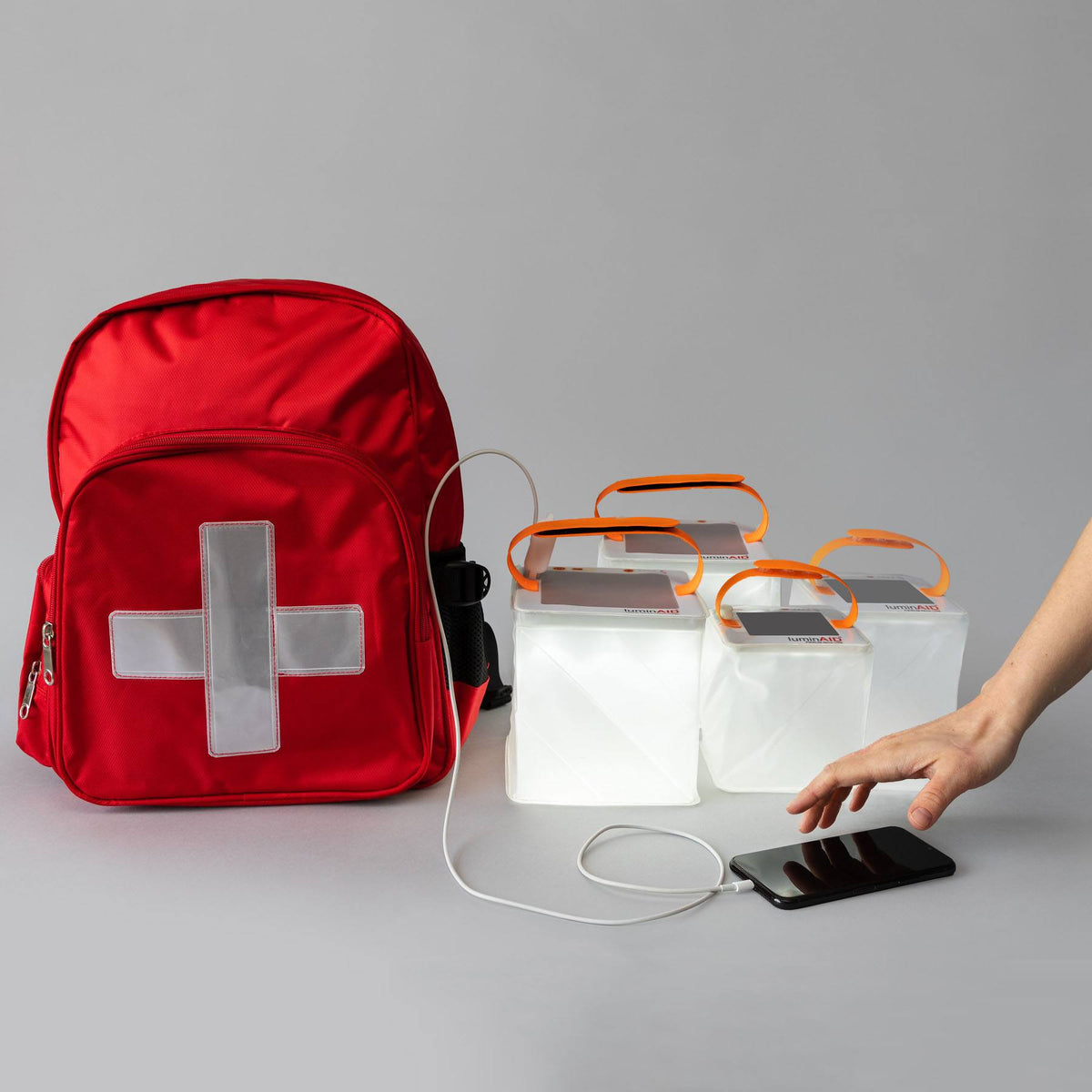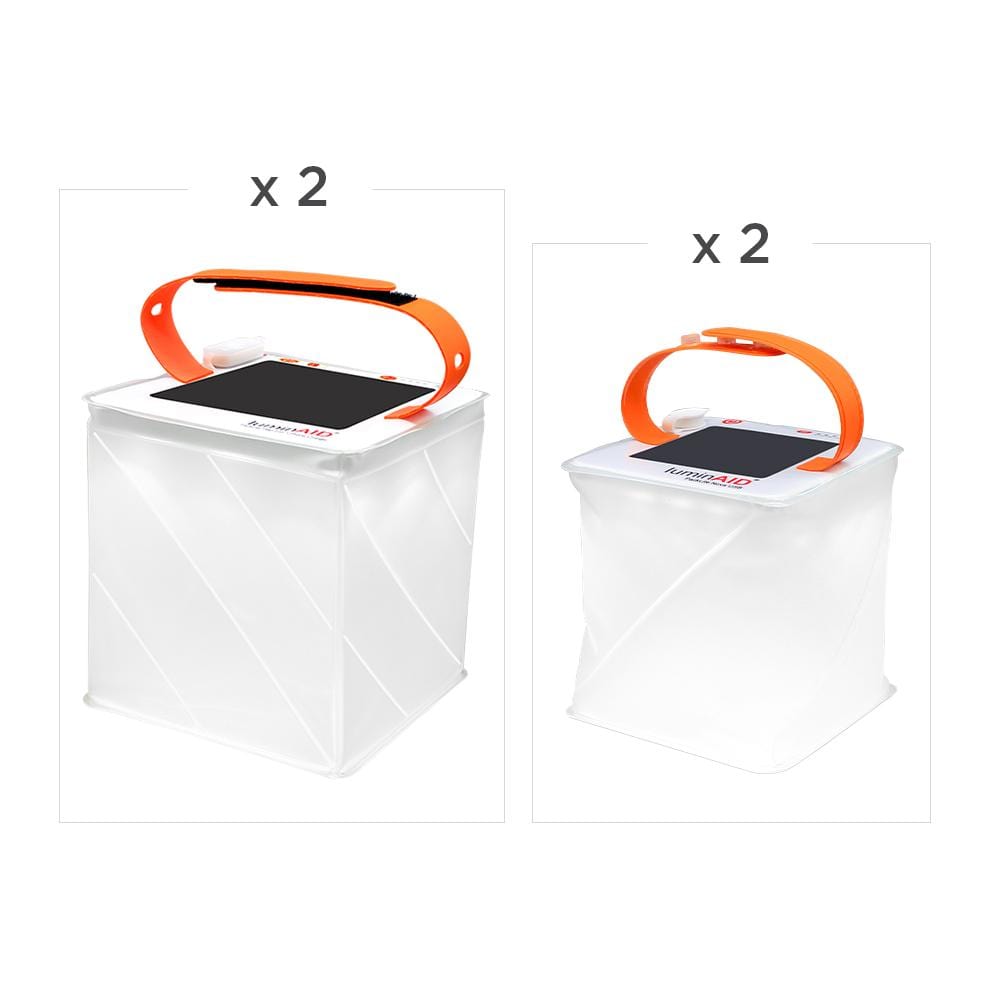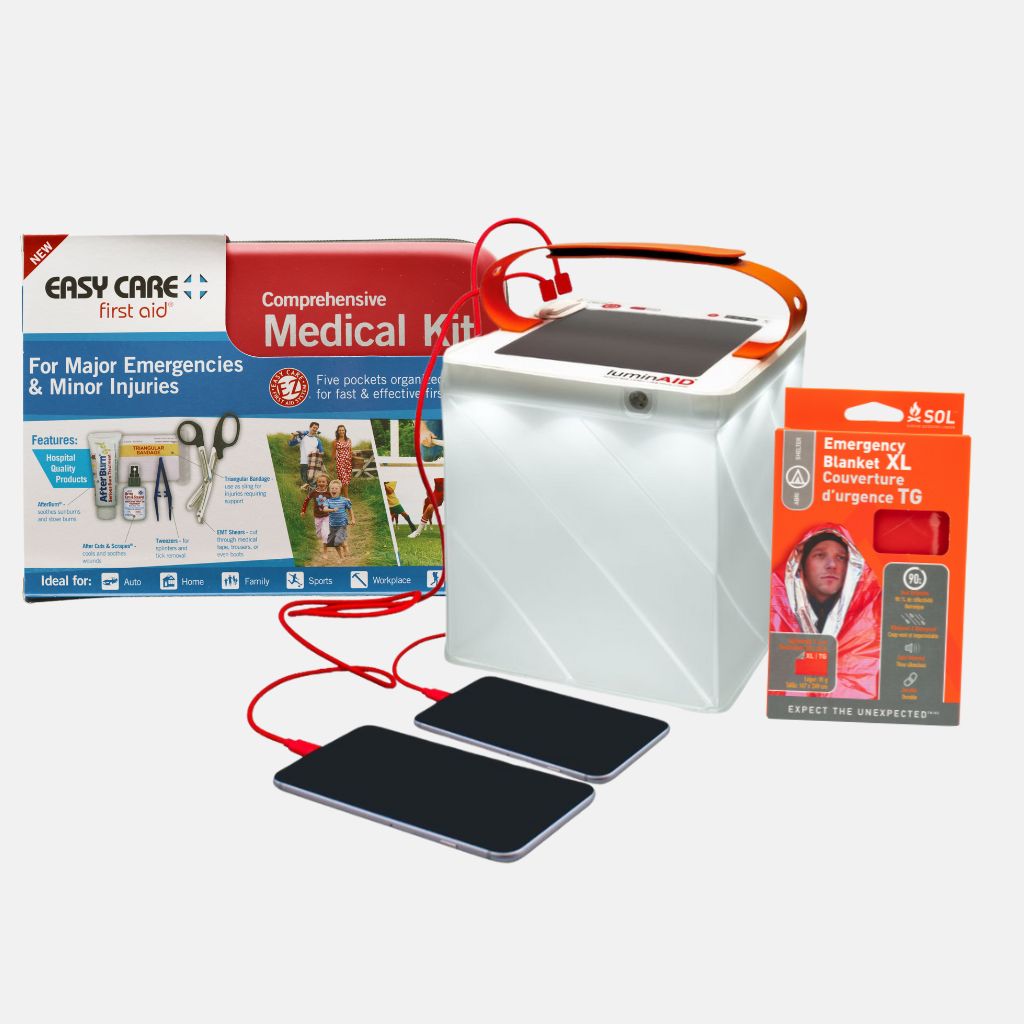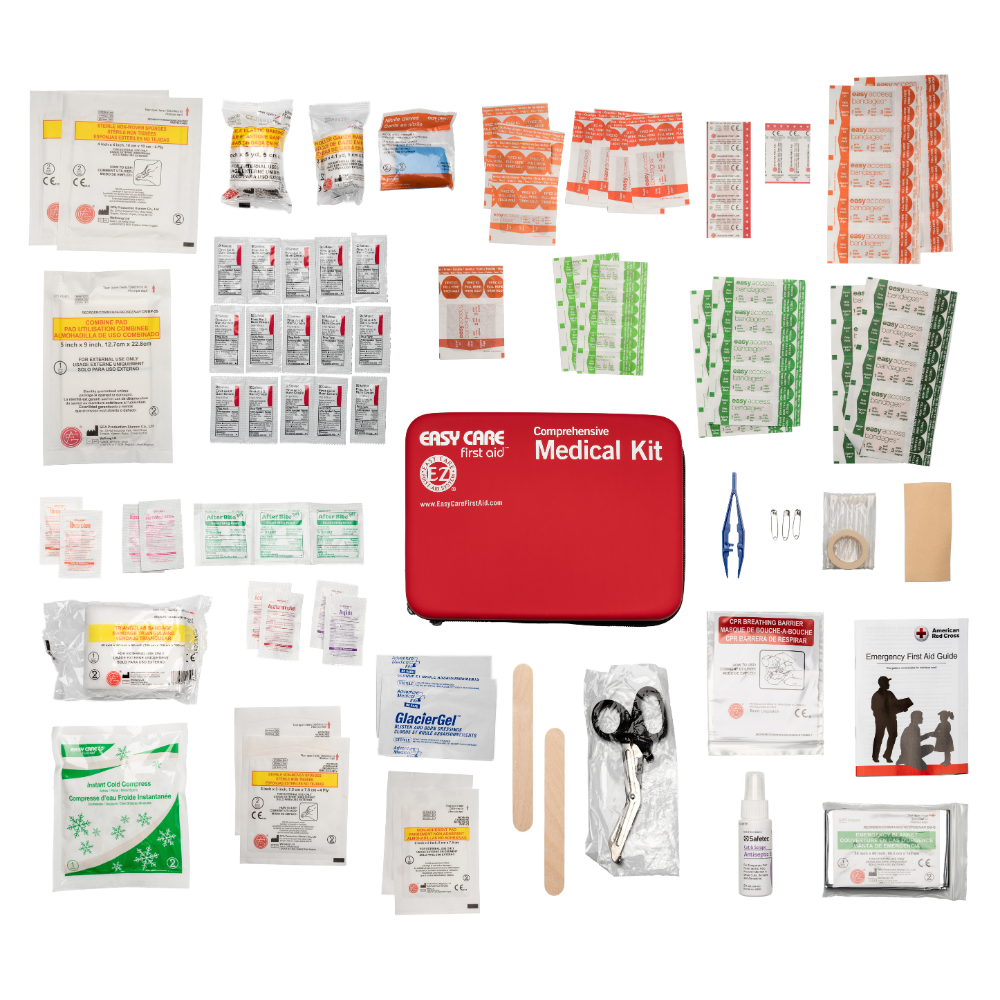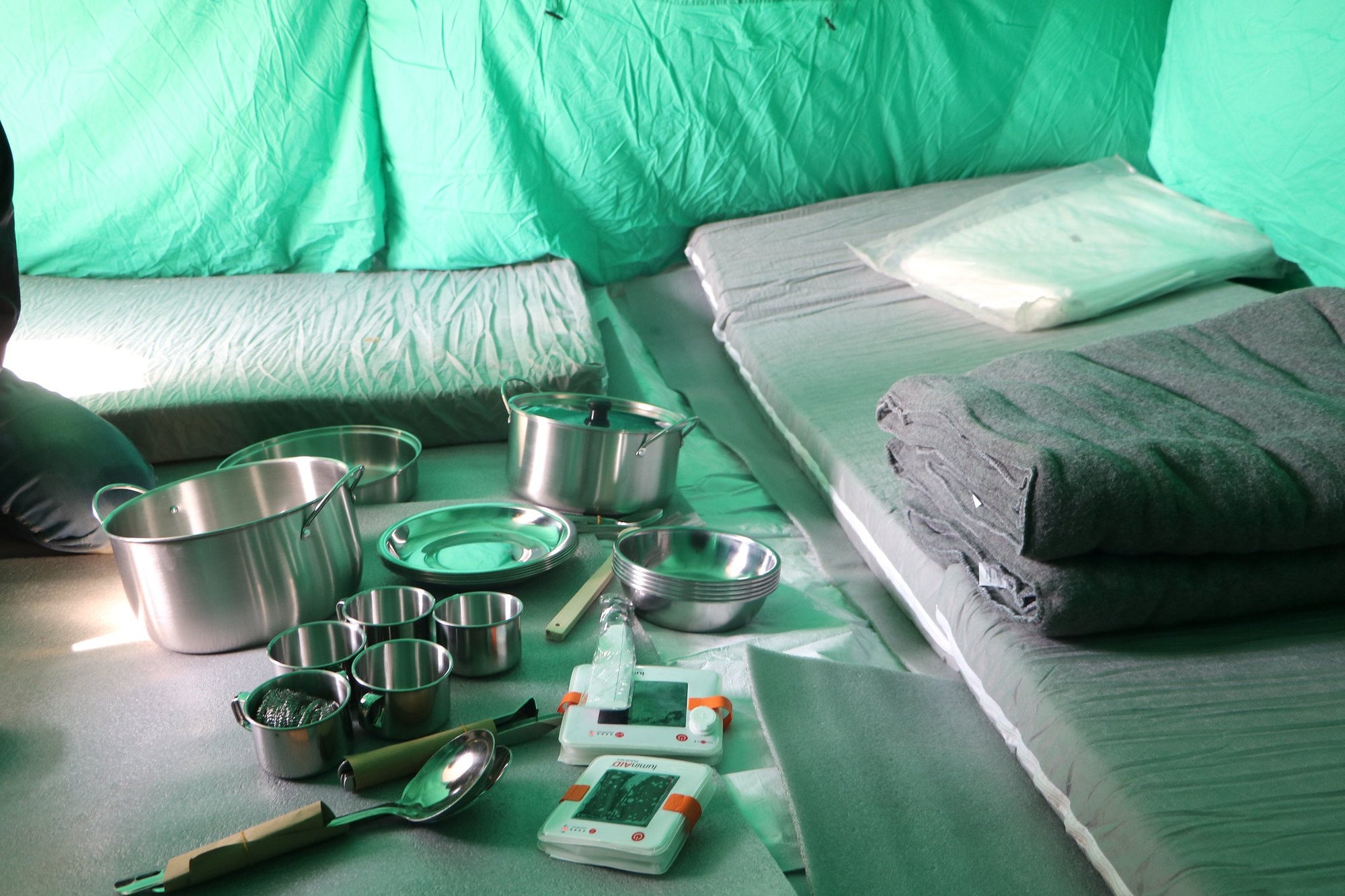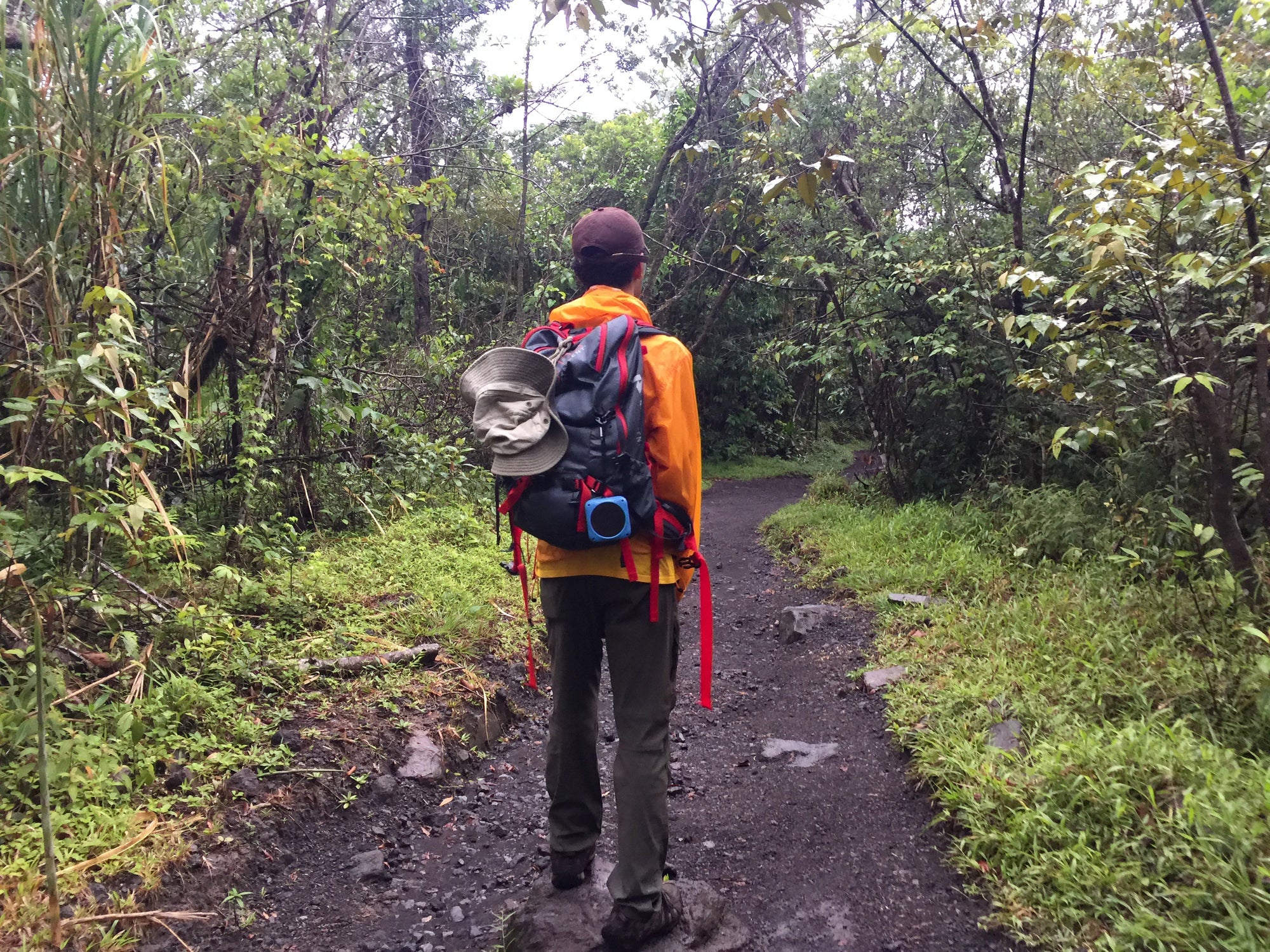According to the CDC, over 400 people a year die from accidental carbon monoxide poisoning, with over 100,000 more visiting the emergency room for symptoms. Known as the “silent killer,” carbon monoxide poisoning can be hard to identify and prevent without the proper information.
While winter months are when people are most at risk due to the increased use of home heating systems, power outages and disasters like hurricanes can also increase the risk of carbon monoxide poisoning as they often require staying indoors in unventilated areas.
When carbon monoxide is present in the air around you, it can cause a variety of symptoms and can lead to unconsciousness and death if inhaled in large amounts or over a long period of time.
Here, you’ll learn what causes carbon monoxide poisoning, any symptoms you should look out for, and how to prevent exposure to this gas.
What is carbon monoxide poisoning?
Put simply, carbon monoxide poisoning, or CO poisoning, happens when there is an excess amount of carbon monoxide in your bloodstream.
If you use a gas stove, generator, or propane heater indoors without proper ventilation, carbon monoxide may build up in your space.
In fact, 95% of carbon monoxide poisoning deaths in the United States are due to gas space heaters. As such, you should keep in mind the risk of CO poisoning increases in winter months when we use more sources of heat or experience power outages due to winter storms.
Causes
When a fuel source (such as gas, coal, wood, or propane) fails to burn completely, it leads to CO buildup. For this reason, most appliances that produce heat using combustible fuel can put you at risk for CO exposure and poisoning.
Symptoms
Carbon monoxide is known as the “silent killer” because it is odorless, colorless, and tasteless. Without a CO monitor, you won’t know you’re exposed to high carbon monoxide levels unless you notice the symptoms. So be sure to keep an eye out. The most notable symptoms include:
- Headache
- Confusion
- Shortness of breath
- Chest and muscle pain
- Fatigue
- Nausea
If you or anyone else notices these symptoms, leave the area immediately and find fresh air. If the symptoms begin to subside shortly after, then you can be sure there was CO buildup in that area.
Carbon monoxide poisoning can affect everyone differently. Even small amounts of CO buildup can negatively affect the elderly and young children. Take no risks, evacuate the area, and seek medical advice as soon as possible.
When to seek medical help
If you experience severe symptoms of carbon monoxide poisoning, such as loss of consciousness or extended periods of difficulty breathing, or are at greater risk due to age, pregnancy, and other health conditions, then immediate medical attention is advised.
Your local poison control center can be found by calling (1-800-222-1222), the national Poison Control hotline available 24/7 all over the United States, or by visiting their website.
Be prepared to answer questions about possible sources of CO poisoning, when the symptoms started, your current impairments, known health conditions, and any smoking habits you may have.
Treatment
Medical professionals should handle any treatment for CO poisoning, but there are some things you can do while you wait:
- Seek fresh air immediately. CO builds up in your bloodstream by replacing the oxygen in your blood cells, so you can help mitigate this buildup with clean air.
- Do not go back inside until the source of carbon monoxide has been found by those with proper safety equipment.
At the hospital, you can expect blood and urine tests, IV fluids, chest x-rays, and an oxygen mask if your blood contains high levels of carbon monoxide, especially if you are having difficulty breathing.
A pressurized oxygen chamber may be recommended to help speed the process of desaturating the CO in your bloodstream for more severe cases of poisoning. Treatment for CO poisoning can be slow, with more severe effects lasting up to two weeks from long exposure times.

Best precautions
The best precaution against carbon monoxide poisoning is to avoid using gas-powered appliances (if possible), test your CO monitors regularly, and always follow manufacturer recommendations when using any heating or cooking appliances, including regular inspections.
Do not use generators, camping stoves, or charcoal indoors or in the garage, especially when closed doors and windows mean less ventilation. Even lighting candles in an enclosed room can expose you to excess carbon monoxide.
Instead, opt for electric, solar, or battery-powered appliances for a safer and cleaner alternative to lighting and power. LuminAID power lanterns, for example, are solar lanterns with an integrated phone charger and can collapse to fit any emergency kit. These types of power sources use batteries rather than gas or fire and have no potential risk of CO exposure.
FAQs
Can you get carbon monoxide poisoning from a gas space heater?
Yes, since there is gas being burned to power the space heater, carbon monoxide is also being produced. In 2017, heating systems alone actually accounted for 22% of CO-poisoning deaths.
Only use the space heater in ventilated areas, following the manufacturer’s instructions carefully. It is also important to have a functioning carbon monoxide detector in the room where the space heater is located.
Can you get carbon monoxide poisoning from propane or propane heaters?
Yes, similar to gas space heaters, propane heaters can expel high levels of carbon monoxide and lead to CO buildup without adequate ventilation. They’re great for patio heaters but not so much for indoor use.
Can you get carbon monoxide poisoning from the air conditioner?
Luckily, most air conditioners are electrically powered and pose no risk of CO poisoning since there is no fuel being burned.
Can you get carbon monoxide poisoning from a gas stove?
Yes, even gas stoves for home use can expose you to high levels of carbon monoxide, especially if there is no regular preventative maintenance.
It can be tempting to use a gas oven for heat during cold months, but prolonged use of the oven can increase CO levels to dangerous amounts in your home during that time.
What causes carbon monoxide poisoning from cars?
Vehicles are able to produce large amounts of carbon monoxide in a short amount of time, and for this reason, should never be left running while inside the garage, even with the doors open.
If you’re parked outside and want to keep the vehicle running, make sure the exhaust pipe is free from any obstructions, as this can also lead to CO buildup within the vehicle.
Can candles cause carbon monoxide poisoning?
Candles are small but can still output a measurable amount of carbon monoxide, especially those with wooden wicks.
Under normal circumstances, candles are safe, but when multiple candles are being used as a light or heat source during a winter power outage, then CO levels can rise quickly in small enclosed rooms. Instead, opt for battery-powered lights like LuminAID’s PackLite solar-charged lantern to keep your family safe, charged, and illuminated.
Can you get carbon monoxide poisoning from a fireplace?
Fireplaces are a common culprit of high CO levels in the winter, but the risk can be easily mitigated. Inspect and clean your chimneys every year before the cold season, don’t forget to open the dampers, and install a CO monitor close by if there isn’t one already.
Can you get carbon monoxide poisoning from electric heat?
Electric heaters don’t use combustible fuels as a source of heat, so they pose no risk of carbon monoxide poisoning. Still, be sure to follow proper precautions as they have their own dangers.
Carbon monoxide poisoning is sometimes mistakenly identified as what?
Sadly, carbon monoxide poisoning can be hard to identify properly as it shares many similar symptoms with the flu. This means you should be extra vigilant around gas-powered appliances, check in with yourself and others regularly, and learn the early signs of poisoning.

CO poisoning prevention
Here is a list of general guidelines to help prevent CO poisoning:
- Have all fuel-burning appliances, such as furnaces, boilers, water heaters, and gas space heaters, inspected and serviced by a qualified professional at least once a year.
- Make sure that all appliances are properly vented to the outside.
- Do not burn charcoal or use a gas stove for heating indoors.
- Do not use a generator, a gas-powered lawn mower, or a snow blower indoors or in your garage.
- Do not leave a car running in your attached garage, even with the garage door open.
- Install a CO detector on every level of your home.
- Test your CO detector monthly and replace the batteries at least once a year.
- If the alarm sounds, evacuate your home immediately and call 911 or the fire department.
Summary
Home safety is an important part of preparing for any emergency, yet the dangers of carbon monoxide are often overlooked. Many appliances found in and around your home may pose a greater risk than you thought, so it’s important to learn what causes carbon monoxide buildup, how to spot the symptoms of CO poisoning, and what treatments you can expect. With this precautionary guide, you can keep your family safe indoors and out.

